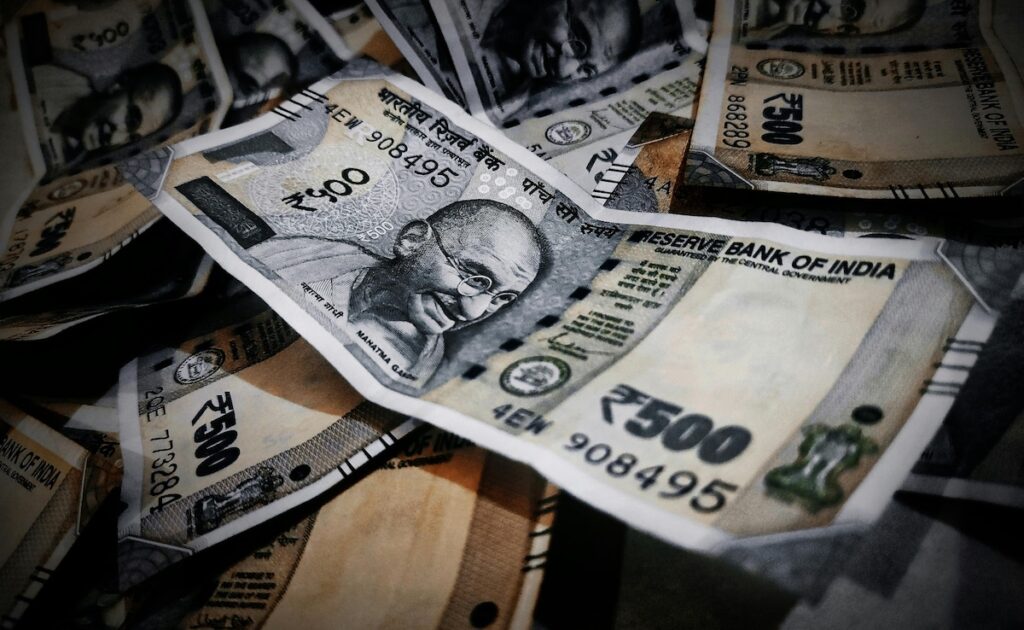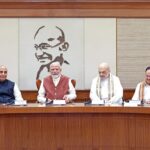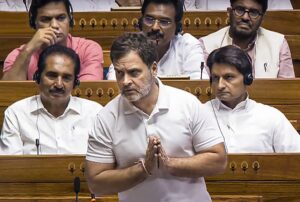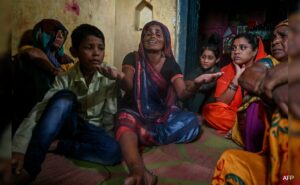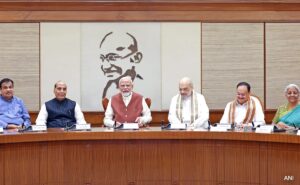
Between 2014-15 and 2022-23, enhance in top-end inequality has been significantly placing
New Delhi:
A current report by the World Inequality Lab has documented a big rise in financial disparities in India. Almost 90 per cent of the nation’s billionaire wealth has been discovered concentrated within the arms of the higher castes.
The report, “In the direction of Tax Justice and Wealth Redistribution in India”, regarded into points on wealth distribution. It mentioned the highest 1 per cent controls over 40 per cent of India’s complete wealth, indicating rising inequality.
Overview of Wealth Distribution Amongst Billionaires
The report offers an in depth evaluation of information, revealing 88.4 per cent of billionaire wealth in India is concentrated amongst higher castes (UCs). Scheduled Tribes (STs), among the many most marginalised communities, don’t have any illustration among the many wealthiest Indians. This disparity extends past billionaire wealth; higher castes maintain practically 55 per cent of the nationwide wealth, in keeping with the All-India Debt and Funding Survey (AIDIS) for 2018-19. This stark distinction in wealth possession underscores the deep-seated financial inequalities rooted in India’s caste system.
Caste Continues to Dominate the Monetary Demographics of the Nation
Caste continues to affect entry to training, healthcare, social networks, and credit-all important for entrepreneurship and wealth creation. Traditionally, Dalits had been forbidden from proudly owning land in lots of areas, severely limiting their financial development.
The disparity isn’t confined to billionaires. The “State of Working India, 2023” report by Azim Premji College highlights that Scheduled Castes (SCs) and Scheduled Tribes (STs) are underrepresented as enterprise house owners relative to their workforce participation. Whereas SCs make up 19.3 per cent of the workforce, solely 11.4 per cent personal enterprises. For STs, who represent 10.1 per cent of the workforce, solely 5.4 per cent are enterprise house owners.
Wealth inequality extends past the billionaire rankings. Based on the Nationwide Household Well being Survey, solely 12.3 per cent of SCs and 5.4 per cent of STs are within the highest wealth quintile. Conversely, over 25 per cent of SCs and 46.3 per cent of STs fall into the bottom wealth class. The Different Backward Courses (OBC) group has 16.3 per cent of its inhabitants within the lowest wealth class and 19.2 per cent within the highest wealth class.
Inequality at Highest Ranges on Document
India’s revenue and wealth inequality, which declined post-independence, started to rise within the Nineteen Eighties and has soared for the reason that 2000s. Between 2014-15 and 2022-23, the rise in top-end inequality has been significantly placing by way of wealth focus. The highest 1 per cent of revenue and wealth shares are actually at their highest historic ranges. Particularly, the highest 1 per cent management over 40 per cent of complete wealth in India, up from 12.5 per cent in 1980, they usually earn 22.6 per cent of complete pre-tax revenue, up from 7.3 per cent in 1980.
This dramatic rise in inequality has made the “Billionaire Raj,” dominated by India’s trendy bourgeoisie, extra unequal than the British Raj. It locations India among the many most unequal international locations globally. Present estimates point out that it takes simply Rs 2.9 lakhs per 12 months to be within the high 10 per cent of revenue earners and Rs 20.7 lakhs to hitch the highest 1 per cent . In stark distinction, the median grownup earns solely about Rs 1 lakh, whereas the poorest have nearly no revenue. The underside 50 per cent of the inhabitants earns solely 15 per cent of the entire nationwide revenue.
To totally grasp the skewed revenue distribution, one must be near the ninetieth percentile to earn the common revenue. By way of wealth, an grownup wants Rs 21 lakhs to be within the wealthiest 10 per cent and Rs 82 lakhs to enter the highest 1 per cent . The median grownup holds roughly Rs 4.3 lakhs in wealth, with a good portion proudly owning nearly no wealth. The underside 50 per cent holds solely 6.4 per cent of the entire wealth, whereas the highest 1 per cent owns 40.1 per cent , and the highest 0.001 per cent alone controls 17 per cent . This implies fewer than 10,000 people within the high 0.001 per cent maintain practically thrice the entire wealth of the complete backside 50 per cent (46 crore people).


